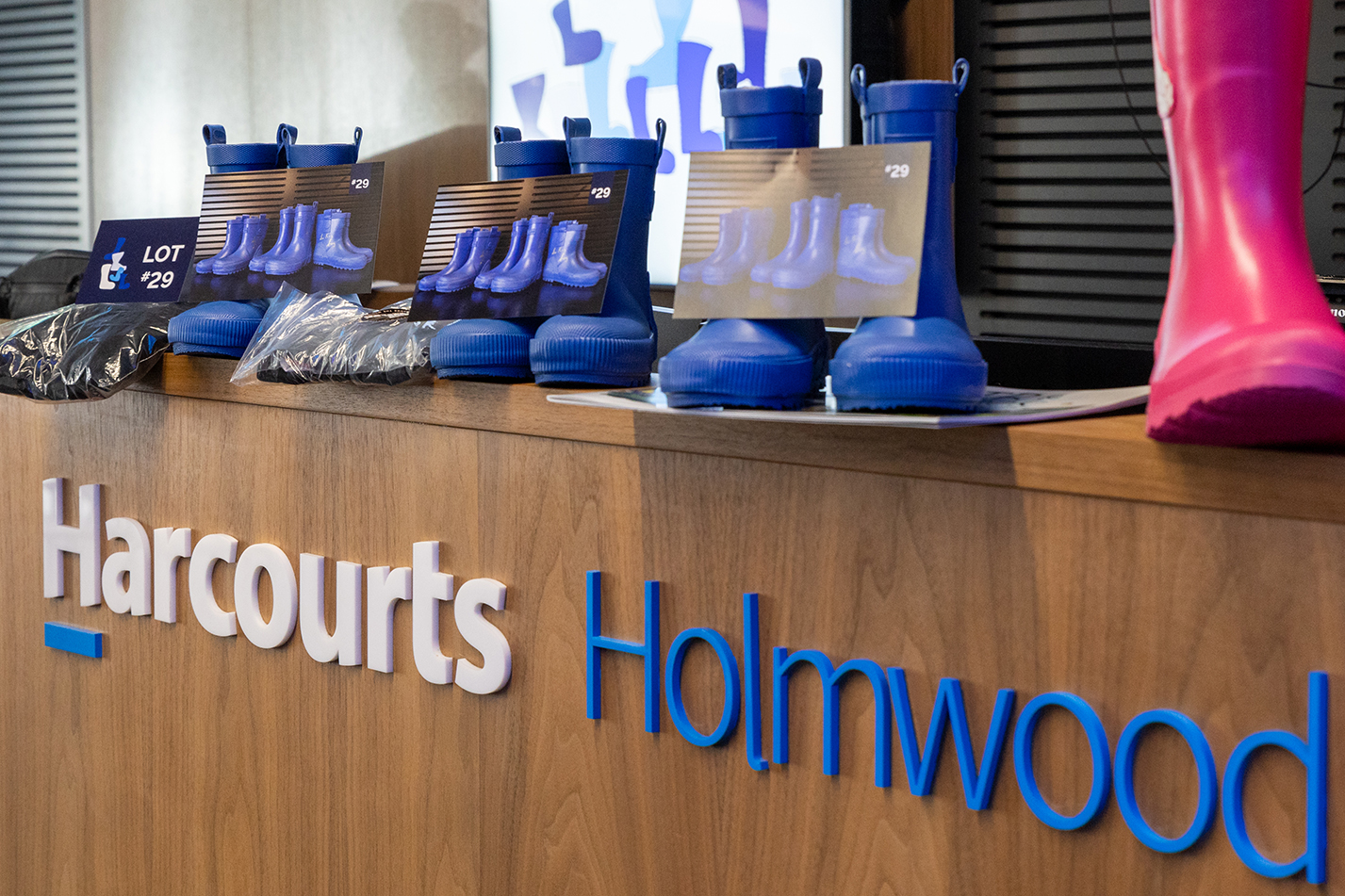Harcourts Foundation support Nurse Maude Hospice to purchase new equipment.
Keeping up to date with equipment for patient use in the Hospice Palliative Care Service will be a little easier for Nurse Maude Hospice, Christchurch, thanks to a grant from the Harcourts Foundation.
Nurse Maude is “delighted” to have been granted $4,890 to purchase two replacement syringe drivers and said, “These syringe drivers help us support patients in the community, in the Hospice inpatient facility and in aged care, by assisting in the effective management of symptoms such as pain and nausea and are invaluable in helping each patient live every moment in whatever way is important to them. We are so grateful to Harcourts for their continued support of Hospices and always getting behind us.”
Hospice NZ chief executive Wayne Naylor says, “Every year, hospices around Aotearoa New Zealand rely on grants and fundraising to purchase much needed equipment to support the care of people with a terminal illness and he appreciates the continued support of Harcourts Foundation in order to do so. This year, Harcourts has supported eleven hospices with $50,000 to buy critical items such as diagnostic equipment, pain relieving syringe pumps, hospital style beds and chairs. This equipment helps keep people at home with whānau and friends and lets them enjoy life surrounded by the things and people they love.”
In return, Harcourts Holmwood business owner Tony Jenkins, who works closely with Nurse Maude Hospice said, “it’s an honour to work together with Hospice NZ on this special programme and to give back to the local St. Albans community. We have a huge amount of respect for what hospice achieves in our community and our entire team in our office supports the benefit that it gives.”
Harcourts NZ Managing Director Bryan Thomson says ‘This year we are delighted to have given the largest sum to date of $49,408 into the Hospice Grants Programme. The Harcourts Foundation funding for Hospice NZ has been distributed into communities such as Ashburton, Auckland, Whakatane and Blenheim to Nelson, Christchurch, Rotorua, and Invercargill enabling the amazing work that hospice do, to help people from many regions. The grants have been distributed to 11 hospices nationwide – cover costs for items ranging from pulse oximeters and mattresses to syringe drivers and transport beds.
He continues, “Alongside extending our commitment to the Hospice Grants Programme for the sixth year, we have increased the grant total from $225,000 to $275,000. This is in addition to thousands of dollars being distributed every three months by the Harcourts Foundation to other community groups, schools and initiatives, and represents its largest grant each year.
Image: Harcourts Holmwood business owner Tony Jenkins with Jane Rollings, Hospice Palliative Care Service Manager and Raewyn Jenkins, Clinical Nurse Educator form Nurse Maude Hospice.
About Harcourts Foundation

Harcourts launched Harcourts Foundation in 2008 which makes us 15 years old! Our promise is simple; to provide support that helps grow and enrich our communities. With 100% of the funds raised going straight to the charities who need it most, we’ve been able to provide grants totalling more than $7.7 million internationally to support local community groups. We’re incredibly proud of the work the Harcourts Foundation and its many supporters are doing to help to change lives and make dreams come true.
Through the Harcourts Foundation, we also support the Hospice NZ Grants Programme which provides all member hospices with the opportunity to purchase much needed equipment. Every donation to the grants fund directly supports Hospices from the far north to the deep south to continue their work, enabling people to live every moment in whatever way is important to them.
The Harcourts Foundation is also a proud supporter of Gumboot Friday. Since 2019 Gumboot Friday has raised over $6million for free kids counselling. This has paid for over 20,000 sessions for just under 10,000 kids. The average cost per session is $138. In November 2022, the Harcourts Foundation raised $167,652.814 which will pay for over 1215 counselling sessions for our young people who need support.





















